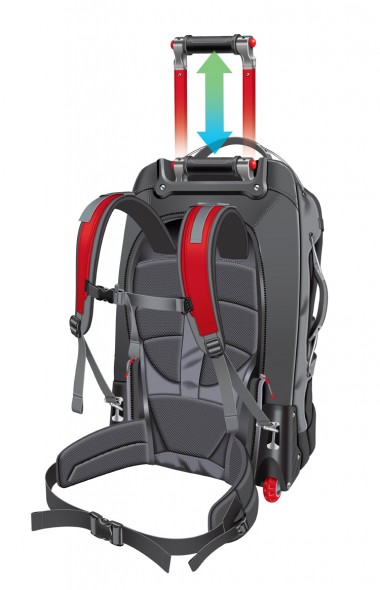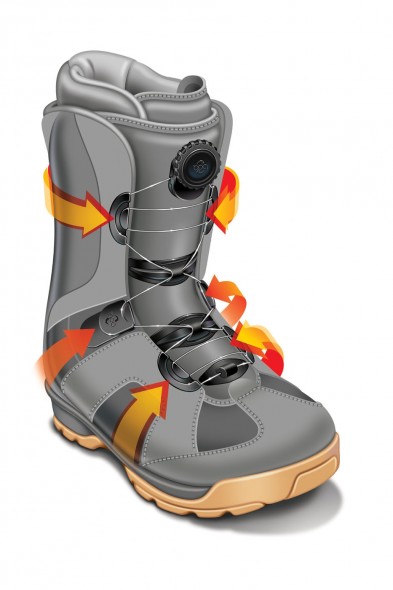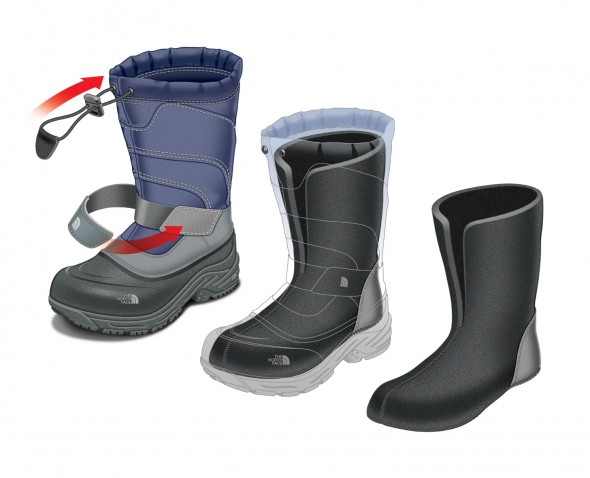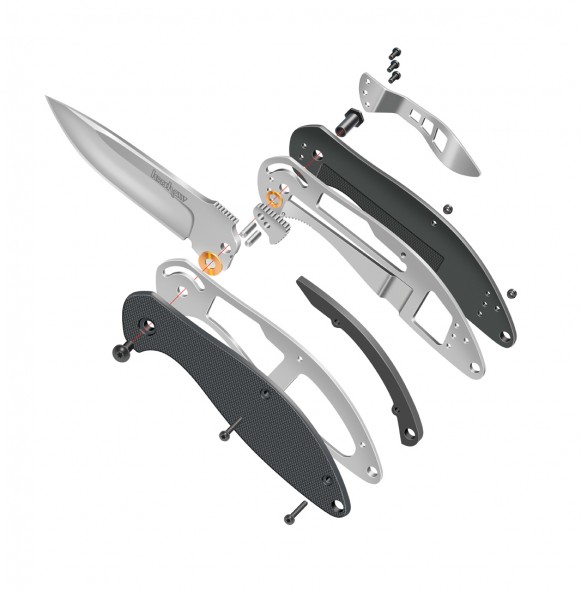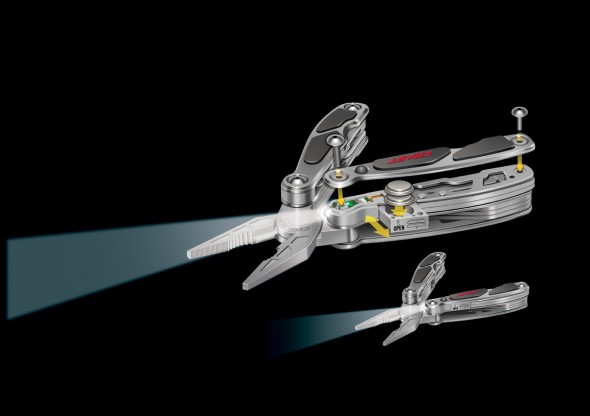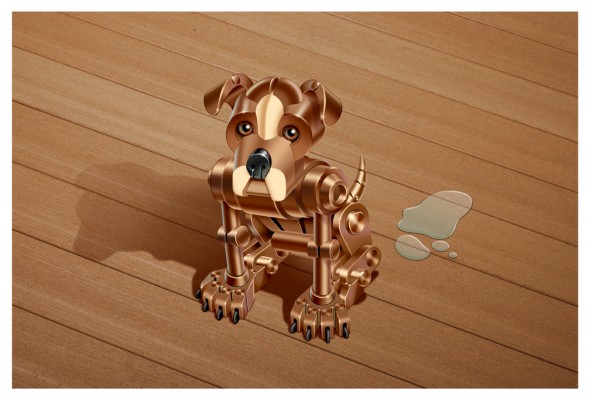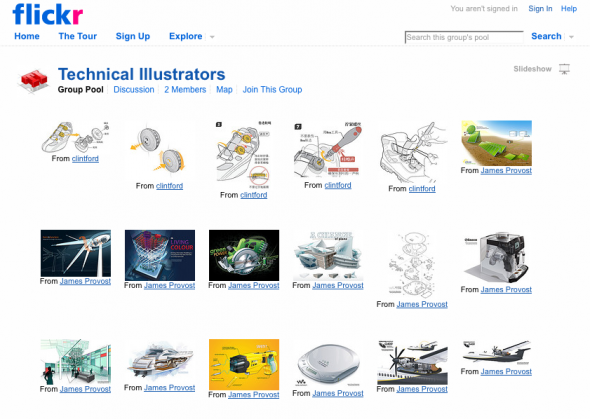I’m talking about going from a full time corporate job to going full time freelance.
I want to hear your stories. How did you do it and what were the circumstances?
Were all your ducks lined up perfectly or did you just get to a point where there was so much freelance work coming in that you just went for it? Or did you just say the hell with it and jump in the deep end to see what would happen? Did you like the job you were in previously, hate it or were you just tired of working for someone else?
If you’ve been doing it for a while how is it going for you? Do you ever miss the corporate 9-5?
Are you making more money now? Are you working less or more?
What do you like and dislike about freelancing full time?
What do you do if you like your full time job but are getting so much work freelancing that you have to turn it down?
Spread some inspiration on those of us working the 9-5. Seriously, we’ve got some of the most talented illustrators on the planet on this site, share some wisdom people.
Thanks!


